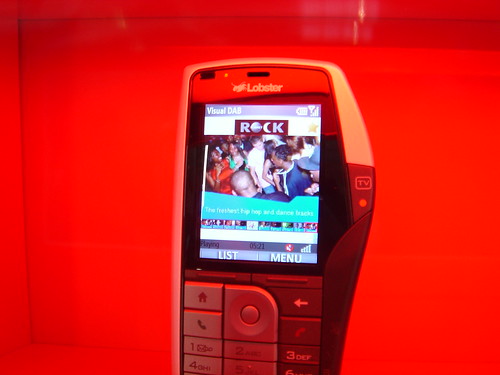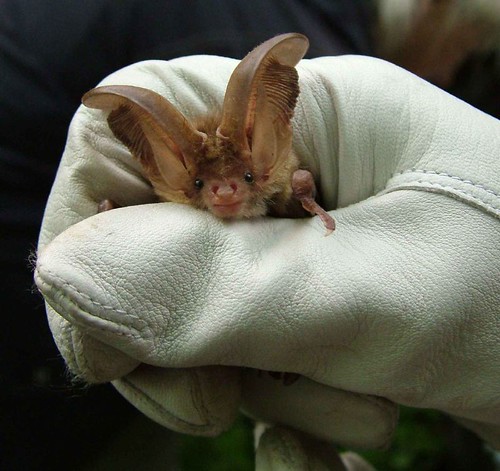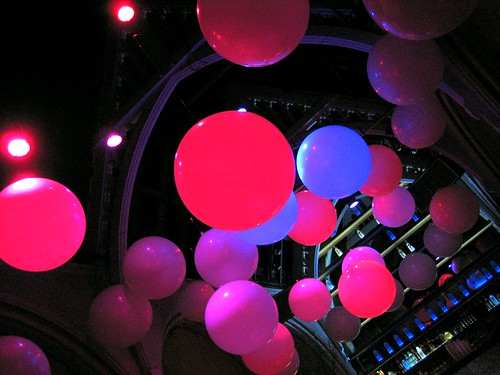
“Local Radio”. What does that mean to people? Alan Partridge on the slide? Cats stuck up trees? Jumble sales and council tax moans? Smashey, Nicey and cheesey jingles?
Local radio has a poor reputation with media (sorry, meeedijah) types, and possibly justifiably so. From a distance, the UK’s local radio stations used to seem terribly, well, raggedy. I think it must be a bizarrely British quirk to name local radio stations after rivers (Trent, Wyvern, Severn), Latin mottos (Invicta), Victorian railway companies (GWR) or most inexplicably, Anglo-Saxon kings from the 11th century (Hereward).
National radio may have “brands” and “stars”, but local radio brands are astonishingly highly regarded in their local areas, and local radio stations have local heroes. You might not have heard of Bush & Troy or Jo & Twiggy, but to the people of Bristol and Nottingham they’re as prominent as Chris Moyles or Terry Wogan, and considerably more visible.
Local radio has a hidden commercial value too. National radio might be able to attract national brand advertising, but only local radio can take both national and local revenue. The economic cycle seems to be moving back towards smaller independent businesses again; my local coffee shop (Baristas) is 150m away from Starbucks, but does fabulously well and has more character and is more welcoming. I’m writing this in the Star & Dove, a gastropub which is doing roaring trade and knocks the spots off Wetherspoons. These are businesses who can invest in local radio advertising, in the same way they can invest in Google Adwords and local classified listings.
Google loves local. They know that they can create more inventory and make advertising accessible to more businesses by segmenting their audience based on where they live. (Thus, in a strange way, copying something that local radio did 20 years ago by splitting adbreaks across transmitters).
Of course, when Google do something, it gets a funky new media (sorry, meedijah) name…
Geo-targeting
So maybe a new way to think about local radio is geo-targeted radio.
On DAB Digital Radio, both DigitalOne and Channel 4 will have single frequency networks across the UK, which sounds lovely and “national” and big. But I would suggest that as digital stations get bigger and bigger, we’ll see something unexpected happen. The really big digital radio stations, will move to the local multiplexes. And the national multiplexes will become the home of the “community of interest” (= “niche”) radio services.
The geo-targeted multiplexes (local multiplexes) will deliver more profit to national radio stations. On FM, Classic fm has to split commercials into regions because it’s simply too expensive for most advertisers to buy as a single station; by making it available in smaller units, more business comes in and it makes more money.
So what’s the future for “local radio”?
I think it’s potentially quite bright, because geo-targeting works for content as well as advertising. I’ll always have more interest in things-about-Bristol, and choosing to listen to GWR Bristol automatically defines a filter-set for content that includes national/international stuff I need to know about, and local stuff I want to know about. It’s like adding “+bristol” to a Google query.
Whether or not the structure of local content remains the same is open to more debate. OFCOM apply a fairly broad-brush approach to “locality” which is largely disconnected from economics. That tends to make “local content” seem like a chore, a cost and something to be avoided, rather than being an essential weapon in the competitive armory. It worries people to think that local content in the future might be regulated by actual demand, not specified requirements.
I’m excited about the prospects for geo-targeted radio. I’m looking forward to commercial radio brands using star-power to knock the BBC into a corner, but combining that with essential local information and local content that the BBC can’t replicate on Radio 1 or Radio 2. (Nor should be allowed to – note to BBC Trust). The existing local radio brands (that are powerful and valuable in their local areas) could be supplemented by new national commercial brands, but all providing geo-targetted content and advertising.
There’s a growing understanding that delivering a national brand on geo-targeted platforms could be more profitable than delivering a national brand on a national platform. I’m expecting a renaissance for “local broadcasting”, one where local content continues to thrive but in a different way to now, and spread across geo-targeted DAB multiplexes populated by the famous local brands we know now, and new national commercial brands yet to be developed.







